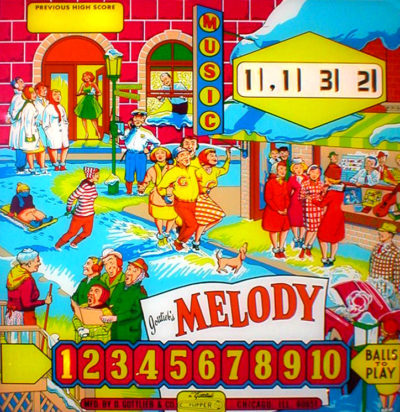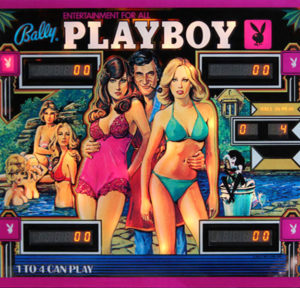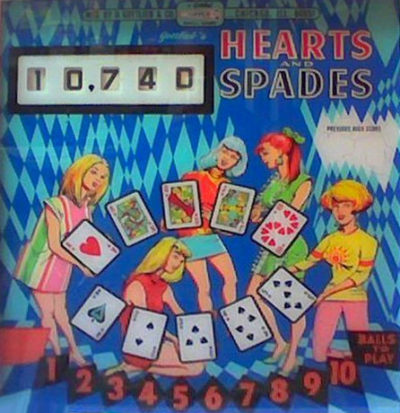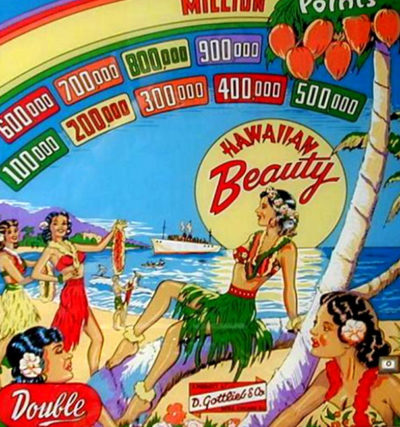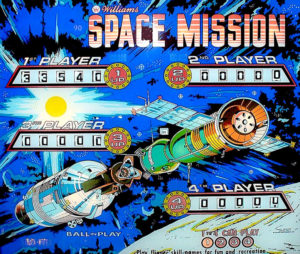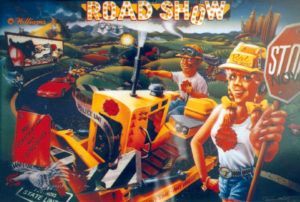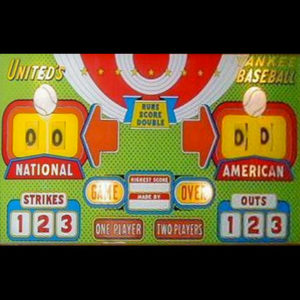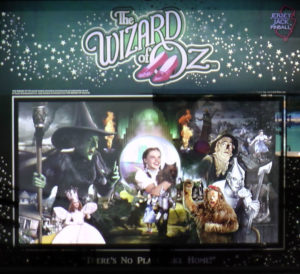Wow! What a light show! The machine before you represents the first offering from the
fledgling company of Jersey Jack Pinball of Lakewood, N.J. A pinball of any production
hasn’t been made in the state for decades. This machine was created as a centerpiece of
technology to show the arcade world what a contemporary machine can contain in one
package. Stern, the only other U.S. maker of pinball, has always streamlined the process
of pinball manufacturing and kept the number of pinball “toys” on a machine to a minimum
to make their machines less expensive. Since this machine came out, Stern now offers
three models of their newer machines: a stripped basic unit, an average machine contents wise
and a tricked-out collectable unit to compete with the likes of Jersey Jack. Look at
this machine! Mike Balcer designed the playfield; Jerry Vandersteldt, Greg Freres and
Matt Riesterer penned the artwork. 1,000 units are already spoken for and both a special
edition (the one here) and a standard edition are planned. Five flippers, five magnets, color changing
LEDs, a 26-inch LED monitor, shaker motor, ball lift, spinning house toy, crystal ball
projector, rising witch and wide-body package are only some of the innovations seen here.





